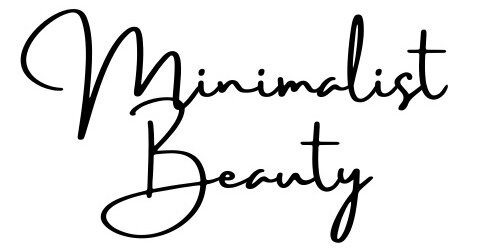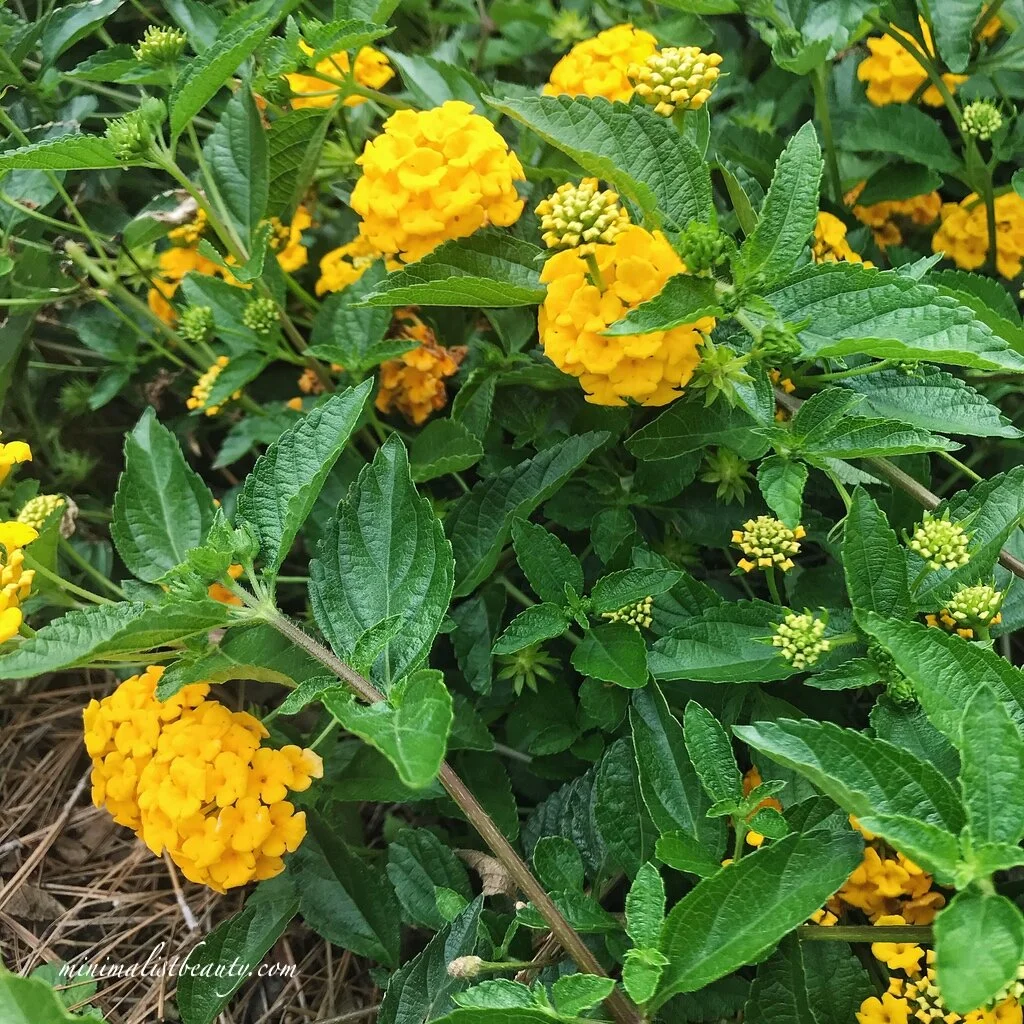No More Chemical Skin Care - Part 3 - Hydrating & Moisturizing
Using gentle natural ingredients is the best approach for healthy skin care versus forcing our skin into submission with strong chemicals, abrasive scrubs, and drying tonics. When the skin isn't stripped with harsh cleansers and soaps, keeping the skin hydrated and moisturized is so much easier. Squeaky clean skin completely removes all of the skin's natural oils creating an imbalance with the skin's acid mantle, our skin's most faithful protector. Our skin has the phenomenal ability to balance and heal itself. Using ingredients that do not disrupt this ability and instead aid it are key.
Many of you know I enjoy keeping everything as simple as I can. I also feel that learning about minimal natural ingredients for skin care allows you to better understand your skin while getting the exact results you desire without spending tons of money. Here are simple skin loving ingredients that will hydrate and moisturize all skin types.
Hydrating Skin
When skin looses hydration it is prone to skin ailments as well as aging. One of the most inexpensive ways to hydrate skin to to drinks lots of pure water. Drinking the amount of water that is half of your body weight in ounces daily is one of the best ways to know if you are hydrating yourself sufficiently form the inside out.
Herbal Facial Steams
To keep skin hydrated I LOVE to do herbal facial steams. They are so soothing and relaxing, and I feel like I'm giving myself such a treat. A ten minute herbal facial steam 1-2 times a week will improve the overall feel and look of your skin. You can read more about herbal facial steams and exactly how I do them here.
The other option for hydrating the skin is by applying topical skin care ingredients to the skin. Some think of toners for this step, yet it really depends on the ingredients in the toner. In general toners are used to remove anything that your cleanser has not, yet if the toner contains alcohol or any other drying ingredient this can be counterproductive.
Hydrosols
Instead of using a drying toner, I believe hydrosols/floral waters are even better. Hydrosols are also especially nice if you like the refreshing scent that they provide. You can find many different types of hydrosols such as basil, calendula, catnip, chamomile, cucumber, lavendar, lemon balm, lemon verbena, lime, peppermint, rose geranium, rose, rosemary, and tulsi. Depending upon what flower or herb that is used to create the hydrosol will help you understand its distinct properties and benefits.
Aloe Vera
Aloe vera is an incredible healing tonic for skin. It helps to balance the skin's pH and gently tones the skin. Aloe vera is most known for its ability to heal wounds by promoting cell growth and repair. This alone makes it wonderful for any skin irritations, counteracting wrinkles, and other skin ailments. I've purchased aloe vera juice by the gallon, the inner fillet gel, and also the pure aloe vera leaf which I wrote about here.
Raw Honey
Lastly if you don't use raw honey as a face wash, adding raw honey weekly as an incredible hydrating facial mask may be for you. Raw honey will also brighten and soften your skin. Read more about using raw honey in skin care here.
Moisturizing Skin
Using nourishing carrier oils provide elasticity and help maintain hydration for your skin. I've noticed that using natural and gentle facial cleansers, especially oil cleansing allows me to not need to moisturize my extremely sensitive combination skin as much as I used to. Simple carrier oils and carrier oil blends are all one needs to keep skin moisturized no matter your skin type.
Oils High in Linoleic Acid
If you have acne prone skin no matter your skin type, it is crucial that you only use carrier oils that are high in linoleic acid. When our skin is deficient in linoleic acid, our skin’s natural sebum becomes thick and sticky which clogs pores and creates acne. Simply applying oils high in linoleic acid softens and soothes our skin's sebum to prevent clogged pores, acne, and breakouts. You can read the full article here.
DIY Facial Serum
If you are curious how to create your own facial serum check out this recipe for a Rosehip & Carrot Seed Facial Serum Recipe for Mature, Dry or Damaged Skin. You can modify this recipe for oily, combination, acne prone skin by swapping out the jojoba oil for an oil high in linoleic acid. The essential oils in this serum are wonderful for skin regeneration for all skin types. You can also see five natural anti-aging oils for skin here.
Less is More
My skin care regimen used to be complicated. I was obsessed over having a "perfect" complexion for working in the performance industry. I was in a consistent cycle of breaking out then working to heal the scar from the blemish. Doing less to my skin overall and learning about oleic vs linoleic acid compositions in carrier oils is what took my skin the next level. As a side note it is very important to learn how to listen to your skin's needs and likes. Even if it is 100% natural, your skin still has its preferences.
More of this series...
No More Chemical Skin Care - Part 1 - Introduction
No More Chemical Skin Care - Part 2 - Simple Facial Cleansers
No More Chemical Skin Care - Part 4 - Treatments & Body Care
Image by Dawn Michelle

